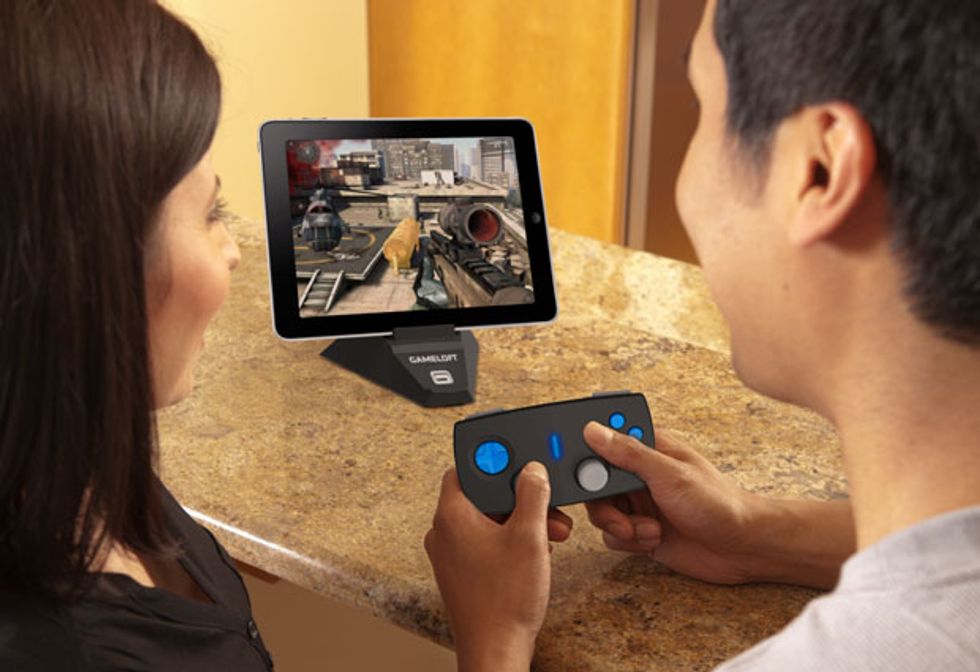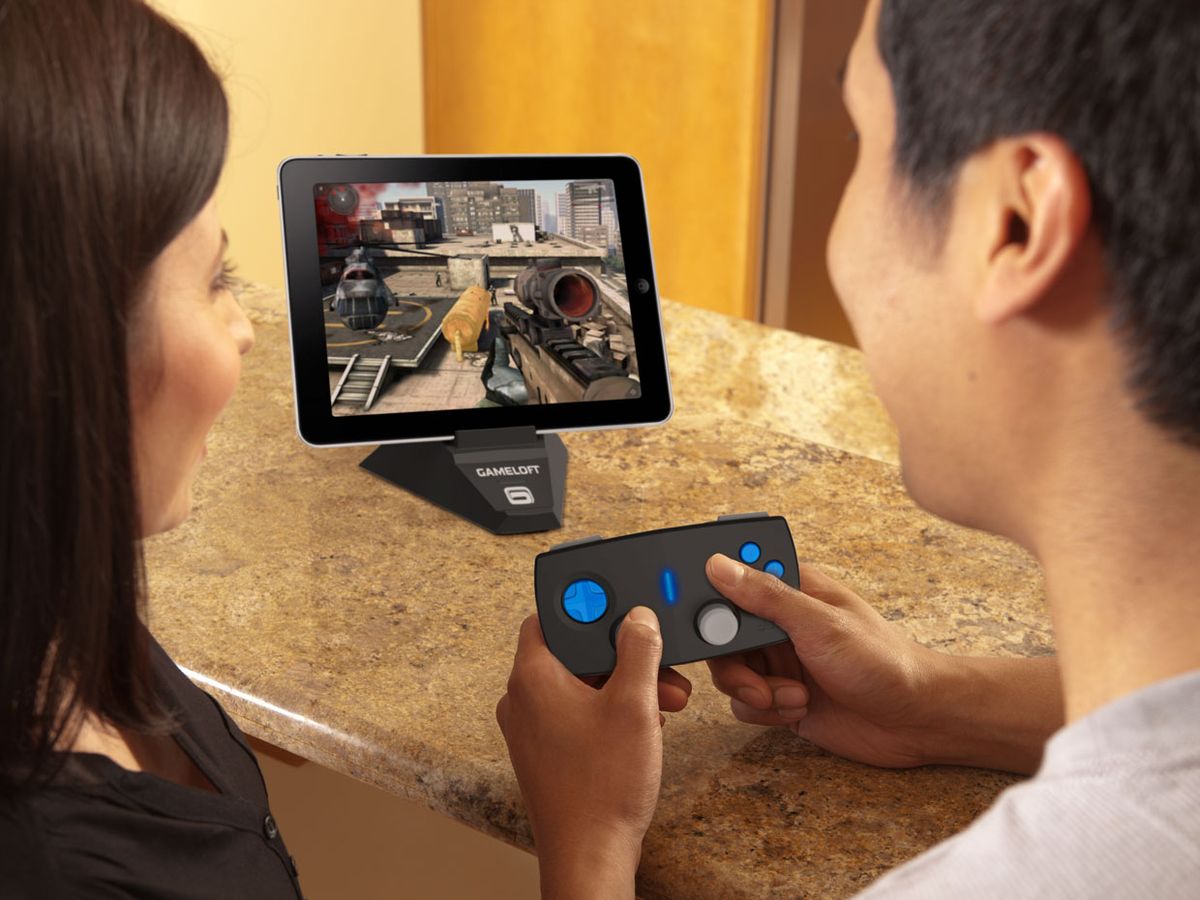
In 2008, casual and social games began rapidly developing into a multibillion-dollar global industry, an unexpected consequence of Apple’s new App Store and Facebook's Facebook Platform, for third-party developers. Games like Angry Birds and FarmVille became cultural icons in a way not seen since the days of Space Invaders and Pac-Man.
The games also helped send the market for video consoles into decline. Why buy a US $200 console that plugs into a television when all the hot games your friends are playing are available on your phone or on free websites? Nor does it help that the current generation of consoles are based on seven-year-old technology [see “Defiance: The First Video-Game Television Show,” IEEE Spectrum, February 2013] even as smartphone and tablet manufacturers narrow the graphics performance gap between that of their devices and current consoles.
But Web browsers and mobile devices leave much to be desired when it comes to games like first-person shooters or simulations, due to the absence of the button-and-joystick festooned controllers that have been standard console peripherals since the mid-1980s.
So it’s not surprising that companies like start-up Ouya and established player Sony have made controllers key parts of their marketing strategy for a new wave of consoles [see “Profile: Ouya,” Spectrum, November 2012]. In fact, when Sony announced in February that it would be launching the PlayStation 4 later this year, the only element of the system it was willing to show was the controller.
Consequently, the US $40 Duo Gamer is something of a fly in the ointment for any would-be revival of the console market. Connecting to an iPad wirelessly via Bluetooth, this game pad has most of the bells and whistles found on a traditional game pad—dual joysticks, a directional thumb pad, four general-purpose buttons, and left and right trigger buttons. That’s not quite as many as you find on an Xbox 360 or PlayStation controller, but it’s enough for most games. The game pad fits nicely in the hand and takes only a few moments to set up, and it comes with a stand to support the iPad during play.
The Duo Gamer’s biggest drawback is the small number of titles it currently works with, all from the games developer Gameloft. The maker of the Duo Gamer, Discovery Bay, struck a similar single-developer deal a couple of years ago with its successful Atari Arcade joystick controller. The difference, however, is that Atari made available a huge back catalog of beloved games for both its coin-operated arcade machines and home console, the Atari 2600, while Gameloft has about half a dozen titles that work with Duo Gamer.
How well does the Duo Gamer justify the $40 investment? I played several Gameloft titles with the game pad and then with just the iPad’s touch-screen interface. The game pad certainly improves the experience. Not only are the games more fun to play but you’re also not constantly covering up parts of the action with your fingers. And it’s much less fatiguing to play a fast-paced game with the controller.
If the Duo Gamer—or a similar controller from another manufacturer—becomes broadly available to mobile games developers, we could see the last good reason to own a console evaporate.
